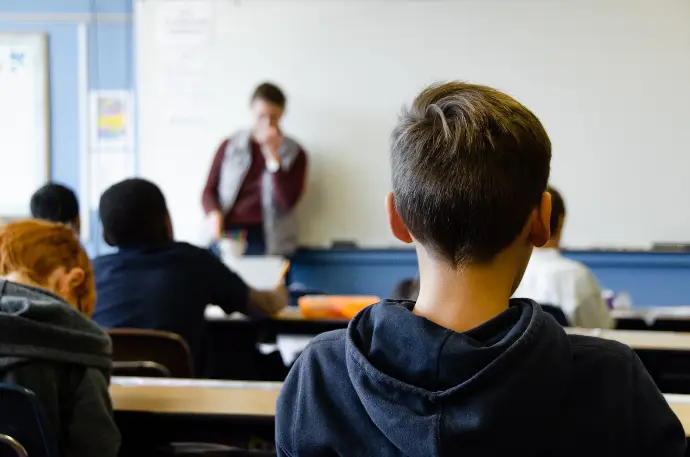
Bullying Behavior is Defined
- Bullying is an ongoing and deliberate misuse of power in relationships through repeated verbal, physical and/or social behavior that intends to cause physical, social and/or psychological harm. It can involve an individual or a group misusing their power, or perceived power, over one or more persons who feel unable to stop it from happening.
- Bullying can happen in person or online, via various digital platforms and devices and it can be obvious (overt) or hidden (covert).
- Bullying behavior is repeated, or has the potential to be repeated, over time (for example, through sharing of digital records).
- Bullying of any form or for any reason can have immediate, medium and long-term effects on those involved, including bystanders.
- Willful attempt or threat to inflict injury on another person when accompanied by an apparent present ability to do so or;
- Intentionally exhibiting a display of force such as would give the victim reason to fear or expect immediate bodily harm, or;
- Any intentional written, verbal or physical act which a reasonable person would perceive as being intended to threaten, harass or intimidate that
- Causes substantial physical harm or bodily harm capable of being perceived by a person other than the victim and may include, but is not limited to, substantially blackened eyes, substantially swollen lips or other facial or body parts, or substantial bruises to body parts.
- Has the effect of substantially interfering with the victim student’s education
- Is so severe, persistent or pervasive that it creates an intimidating or threatening educational environment; or
- Has the effect of substantially disrupting the orderly operation of the school.
Examples of bullying and harassment include, but are not limited, to:
- Unwanted teasing
- Threats, taunts and intimidation by words and/or gestures
- Physical violence and/or attacks
- Extortion
- Sexual, religious, or racial harassment
- Public humiliation
- Destruction of school/personal property
- Theft of money and/or personal possessions
- Rumors or spreading of falsehoods
- Stalking
- Social exclusion, including incitement and/or coercion
- Cyberstalking or engaging in conduct to communicate, or to cause to be communicated, words, images, or language by or through the use of electronic mail or electronic communication, directed at or about a specific person, causing substantial emotional distress to the victim.
- Cyberbullying or the willful, hostile and repeated harassment and intimidation of a person through the use of digital technologies, including, but not limited to, email, blogs, social networking websites (e.g. Instagram, Facebook, etc.) chat rooms, texts, and instant messaging
- The use of cameras or camera phones to take embarrassing photographs of students or school employees and posting them online.
- Sending abusive or threatening text messages or instant messages
- Using websites to circulate gossip and rumors to other students
Bullying and other forms of intimidation will not be tolerated in any form and are strictly prohibited by the Georgia law O.C.G.A. § 20-2-751.4
School Safety Hotline 877-729-7867 From 8 a.m. to 5 p.m., the operator at the Georgia Department of Education works the hotline. After 5 p.m. and on weekends and holidays, the hotline calls are transferred to the Georgia Bureau of Investigation. Georgia.